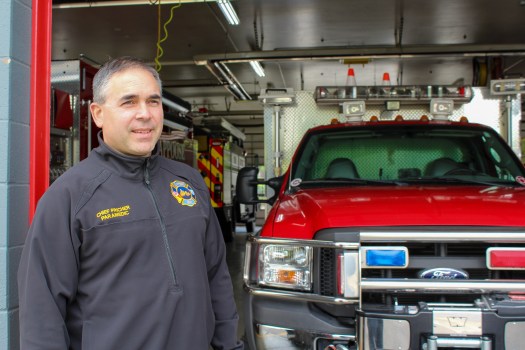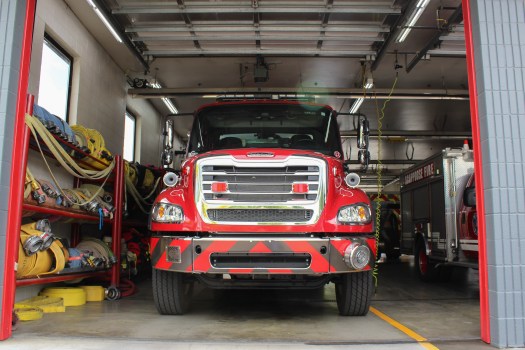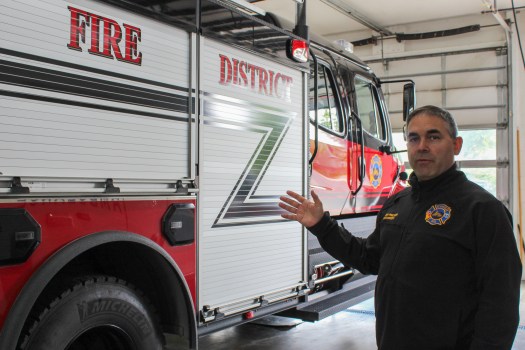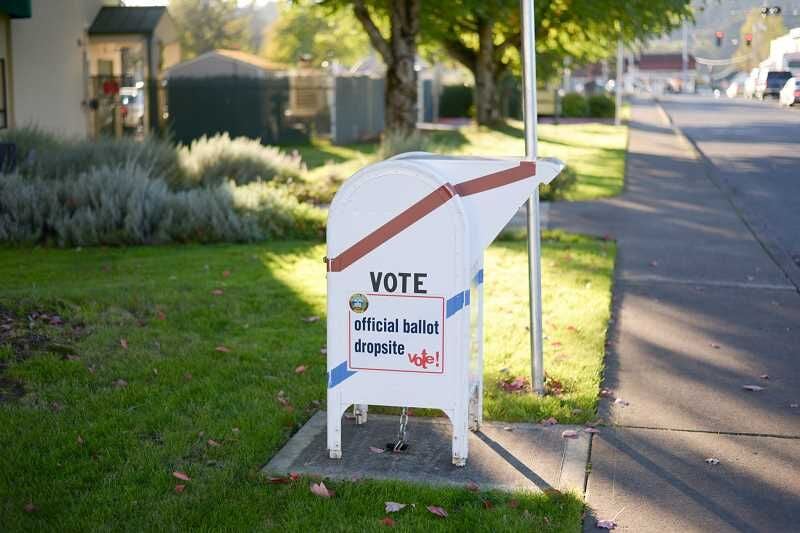The Scappoose Fire District is asking for a levy renewal. What does that mean for residents?
Published 1:39 pm Tuesday, May 13, 2025
The Scappoose Fire District is asking voters to renew a five-year property tax levy they say is essential to funding emergency response operations across the area.
Voters in the district’s service area — which covers Scappoose, Chapman, Holbrook and portions of Warren — will weigh in on Measure 5-305 in the upcoming May 20 election. The measure seeks to renew a five-year property tax levy at the existing rate of $1.99 per $1,000 of assessed value.
First approved by voters in 2021, the levy is set to expire next year. Because it is a continuation of the existing levy, the measure will not increase taxes if it passes.
“In order for the district to sustain services, we need a certain amount of revenue coming in to cover the costs of the staff, the equipment, the medications and all the overhead costs,” Fire Chief Jeff Pricher said.
What will the levy fund?
The levy will help fund staffing, vehicle maintenance, outreach and education programs, facility improvements and more.
With more than half of the fire district’s calls occurring simultaneously on a monthly basis, the Scappoose Fire District keeps two ambulances staffed 24/7, and tries to staff a third when possible.
“In order for the district to meet the bare minimum of overlapping calls, we have to have two ambulances,” Pricher said.
However, with the amount of wear and tear the ambulances sustain through regular use means, the fire district has to replace them every two to three years, Pricher said. This is further complicated by rising costs and increased wait times for vehicles due to supply chain issues, Pricher said.
The fire district also needs to upgrade its facilities, which the department has outgrown. Outside the station on Highway 30, two storage boxes sit in the parking lot because there’s no more room inside. Male and female firefighters have to share sleeping quarters, and there aren’t enough beds for both the volunteer and career staff.
“One of the important factors of the levy is that it has been allowing us to save up some funds for a renovation, but most importantly, to replace equipment,” Pricher said.
Why is the levy necessary?
The Scappoose Fire District operates independently from the local city and county governments as a special district. It maintains its own budget separate from the cities within its service area and doesn’t receive operational funds from local governments, such as the city of Scappoose.
Instead, the Scappoose Fire District receives the vast majority of its revenue from property taxes. The local option levy amounts to about 55% of the fire district’s budget.
Property owners in the district are also taxed at a permanent rate of about $1.12 per $1,000 of assessed value. However, the fire district’s property tax revenues have been impacted by local enterprise zones and urban renewal districts, Pricher said, which have eaten away at that funding.
“It’s really hard for us to sustain services, because every year, our revenue goes down,” he said.
Formed in 2019, the Scappoose urban renewal district “froze” tax revenues in the district at a base rate for a 20-year period. The Scappoose Fire District collects tax revenue from the frozen base, but taxes paid on any increase in assessed value are diverted toward specific projects aimed at promoting economic growth in the area.
As a result, the tax revenue collected in the district isn’t keeping pace with rising property values and growth.
Enterprise zones also provide temporary property tax exemptions for new businesses, further tightening the fire district’s budget at the same time as the economic growth creates new facilities that could require fire district services, Pricher said.
“Nobody cares about us, and that’s a fact,” he said. “And the reason they don’t care is because everybody’s scrambling for economic development. And we get it, but at the end of the day, people are forgetting about these essential services.”
The fire district additionally faces revenue challenges stemming from Medicare and Medicaid payments, Pricher said, receiving only 40% of the cost of doing business and writing off the rest.
“We’re in this situation, in large part, because of some of these tax limiting measures and Medicare/Medicaid,” Pricher said. “If we received all the revenue we should be, we figure not only would we not have to ask for a levy, but we’d be able to meet a lot of these ‘need to have’ and ‘wish to have’ (items),” Pricher said.








